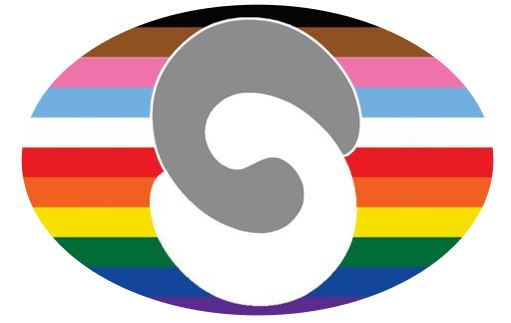I never used to give touch much thought.
Especially in my twenties, touch was something that happened incidentally – in romantic relationships, when dancing, during sex etc. I knew I needed closeness and intimacy, I just missed connecting it to touch somehow. Because of that, I didn’t give the quality of touch much thought either, in giving nor receiving. I knew that there were different techniques and things you could do when giving a massage, for example, but outside of that it just sort of happened to me and around me.
A turning point for me was when I was with a lover who had a very deliberate touch. It was so powerful that it demanded my attention when it happened. It didn’t happen incidentally, and instead was the centerpiece of our connection. That really peaked my curiosity and so I asked, “What are you doing differently than everyone else?”
I’ll always remember the answer.
“Communicate what you want to say through your hands and skin.”
That was such a novel idea to me, it blew my mind! I didn’t know that communication could happen through touch. I thought that our only tools were words, facial expressions, body language, and gestures. But it was very clear to me that touch with that kind of intention felt completely different. It opened my eyes to a whole new depth of communication.
The Science of Touch Communication
There’s a a study published in the journal Emotion, where researchers randomly paired up participants, and assigned one partner to communicate a series of emotions to their blindfolded partner using touch. They were assigned emotions like happiness, anger, fear, sadness, disgust — as well as love, gratitude, and sympathy. The blindfolded partner then had to identify which emotion was being communicated based solely on the touch that they received.
They were able to do this successfully most of the time! But what was most interesting was how they were able to decipher between the sympathy, love, and gratitude. This wasn’t reproduced with the same precision in studies of facial and vocal communication. Something about touch can communicate the subtleties of positive feelings.
More research suggests that while the body best expresses emotions that convey our social status (e.g., embarrassment, guilt, or pride), and the face best expresses survival emotions (e.g., anger, happiness, or sadness), touch is the best way to expresses intimate emotions like love and sympathy.
There is no better way to communicate love and care than through touch.
An Ancient Form of Connection
Since my first discovery, I have learned to be more conscious around the way I both give and receive touch. In my sessions as a professional cuddler, I’m constantly channeling feelings of love and acceptance towards my clients. I find more depth and joy in the physical contact that I receive too.
One of the feelings that has consistently come up for me while connecting in this tactile way, is how simple and almost ancient this form of connection feels compared to everything else.
We might be on to something there! Researchers have concluded that “it is plausible that humans’ tactile communication system may have evolved from the intricate system of tactile contact evident in nonhuman primates.” Just like how primates groom one another as a form of social bonding, there’s something innately essential about the touch we exchange as humans.
Whatever it is, this is what I have noticed: when using our words, we get to craft and project an image of who we are. When we’re touching, however, others come into direct contact with who we are. There’s less hiding, and more intimacy. But also, more love.

